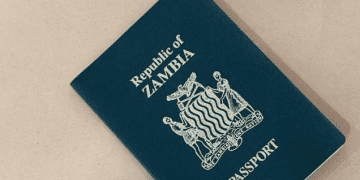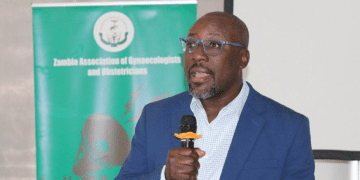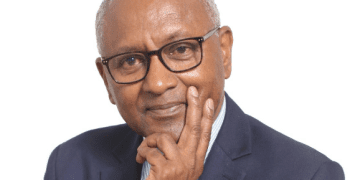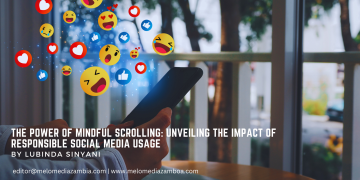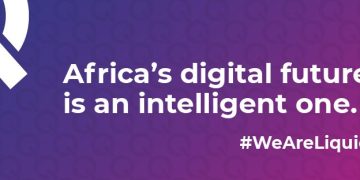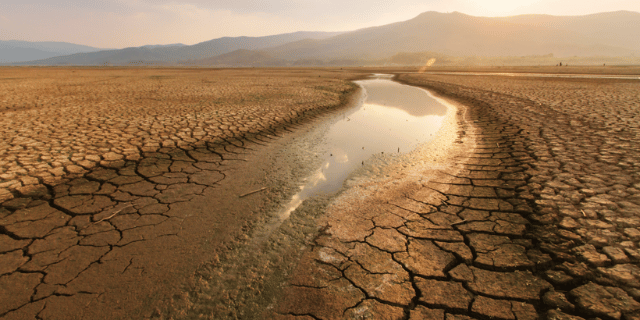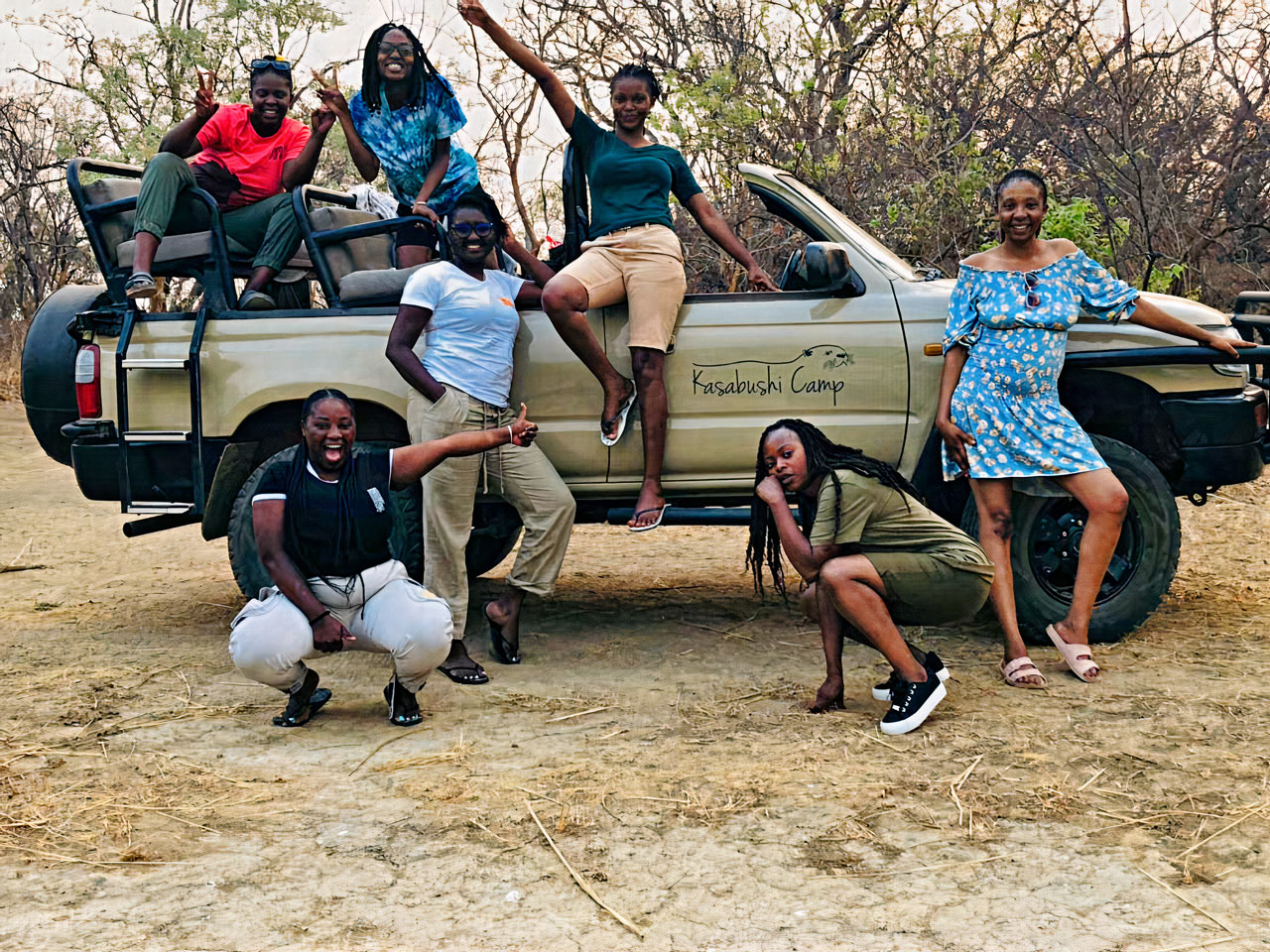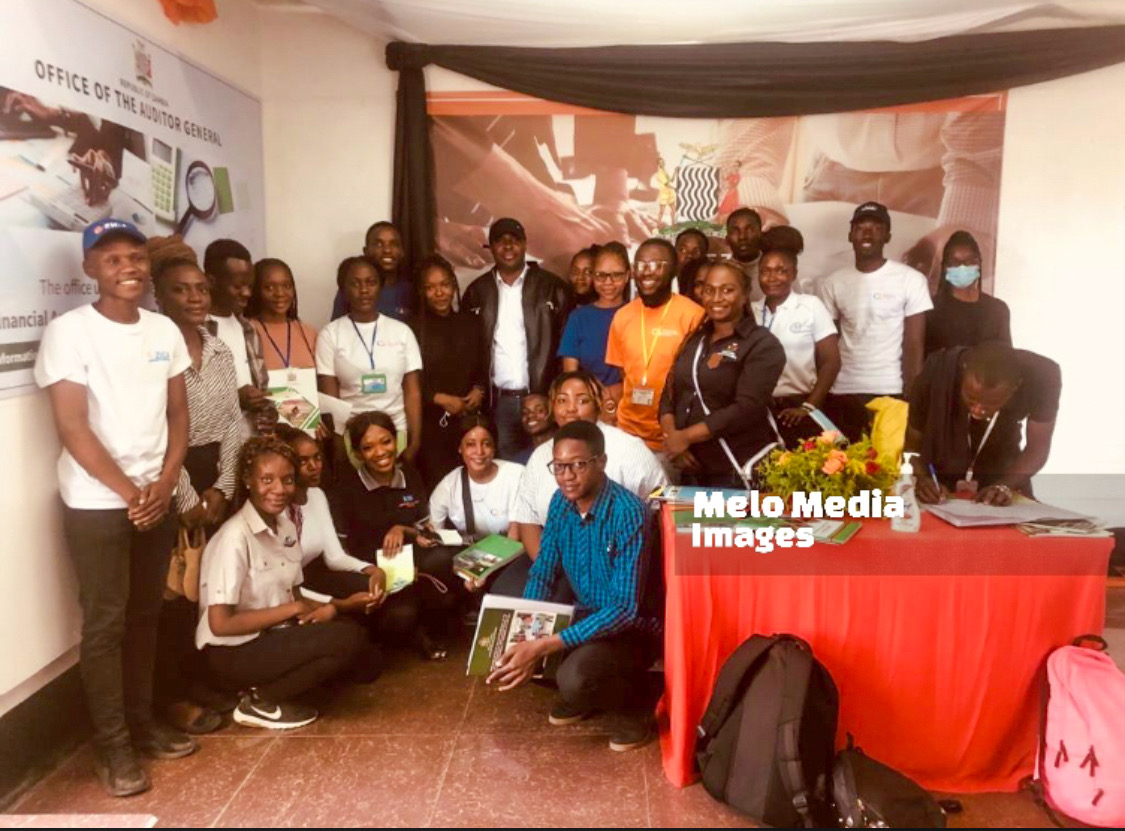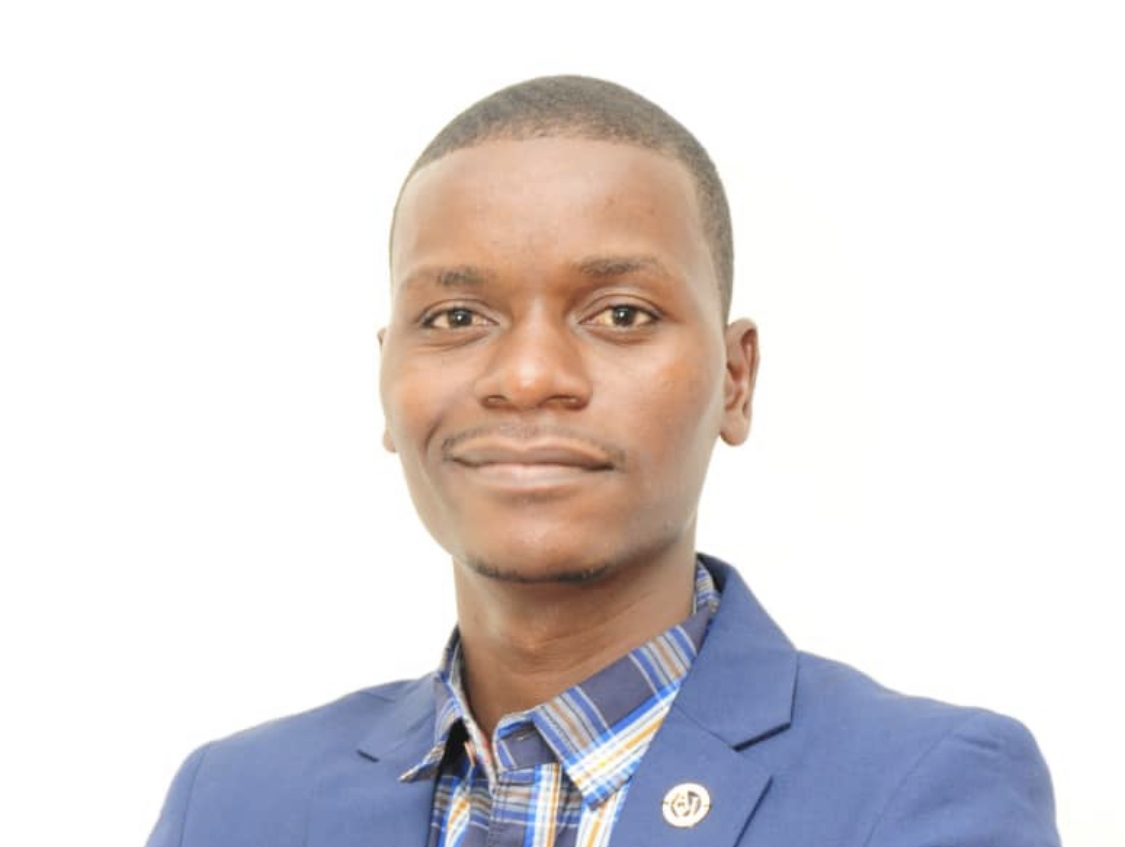Part 2
18.05.2024
The current El Niño is already posing different challenges on the continent of Africa, said Dr. Kamayoyo Kelvin, Technical Advisor for African Rivers. The intense rainfall, fueled by the El Niño weather pattern, has led to extensive floodings in Kenya, Uganda and Tanzania while inducing below average rainfall in countries like Malawi, Zambia and Zimbabwe. El Niño presents a common challenge to both eastern and southern African countries, albeit with varying degrees of intensity and duration, thus from episodes of flash floods and flooding to prolonged dry spells, respectively.
African Rivers is therefore concerned of the multifaceted and unmeasurable scale of the El Niño events that continue to endanger the health of rivers and displacing people mainly in the affected areas. Notwithstanding, the rivers ought to be accorded adequate attention amidst the vicious climate change and El Niño developments. This is critical because nearly everyone in Africa lives within 100 miles of a river, stream or lake, and these natural resources provide us with clean drinking water which is essential for our health. Additionally, these water bodies supports the growth of the agriculture sector and helps to build cities through trade facilitation and commercial recreational activities.
African Rivers is therefore determined to join efforts with other like-minded stakeholders in order to confront the unforgiving climate change and El Niño events. African Rivers will contribute to addressing the observed challenges through increasing climate science literacy among the local communities, enhancing public-private partnerships to implement river conservation initiatives and empowering the local river communities with alternative economic livelihoods.
El Niño is not a regular cycle nor predictable, consequently it produces myriad effects such as high temperatures, droughts and unprecedented heavy rains across the globe. Climate change is real and is already influencing our way of life, therefore people must begin to acquire and share that knowledge and technology on how to minimise the damages and losses associated, thereof.
For comments contact the author on email: [email protected]




